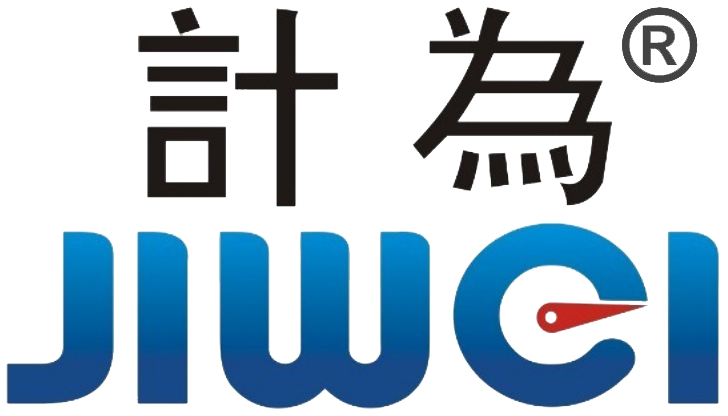Instrument Maintenance Tips from a Senior Technicia
Instrument maintenance tips from an instrumentation technician with over five years of field experience highlight the complexity and technical skills needed to maintain, repair, and troubleshoot industrial instruments. Through my work, I have gained deep insights into the daily care of liquid level meters and material level gauges, focusing on their operating principles, failure diagnosis methods, and best maintenance practices.
In this article, I summarize key takeaways from real-world applications—particularly valuable advice for new technicians looking to grow their skills and confidence in this field.
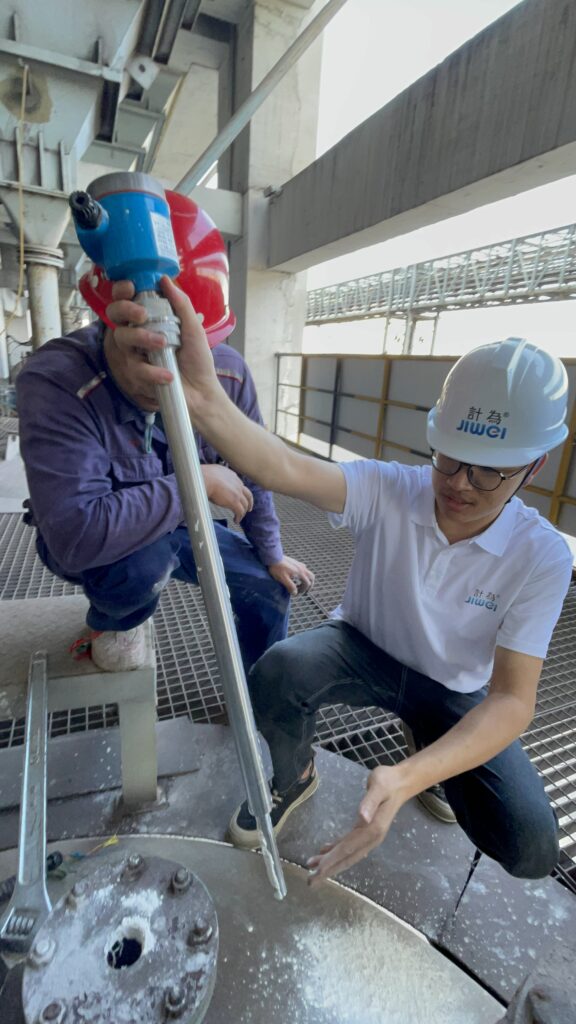
1. Mastering the Basics Comes First
Understand the Working Principles
Level instruments play a crucial role across various industries. Each type operates on different principles. For example, float level gauges, radar level transmitters, ultrasonic level meters, and capacitive level sensors all differ in measurement method, application scope, and environmental tolerance. A technician must understand these principles to accurately diagnose faults and perform maintenance.
Familiarize Yourself with Communication Protocols and Control Systems
Instrument work isn’t just hardware—many issues stem from integration with PLCs, DCS systems, or communication protocols such as HART, Modbus, and Profibus. Learning how to interact with instruments through configuration software and troubleshoot signal or communication failures is vital to effective diagnosis.
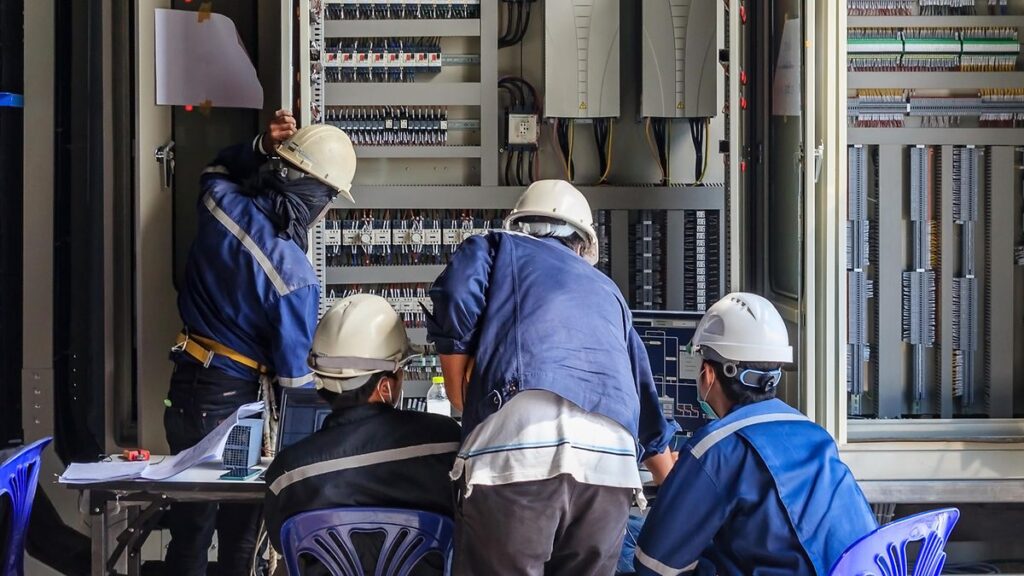
Learn Relevant Standards and Guidelines
Every device must follow specific industry standards and manufacturer specifications during installation, commissioning, and operation. Knowing national standards, best practices, and product datasheets ensures safer and more accurate maintenance. For new technicians, this knowledge is the foundation for identifying deviations and potential faults.
2. Basic Troubleshooting Steps
Start with Logs and Alarm Records
Before jumping into physical inspections, check the device logs and system alarm history. Many clues to malfunctions can be found in diagnostic messages. Avoid relying solely on symptoms—let the data guide your investigation.
Verify Power Supply and Signal Integrity
A large number of failures are caused by unstable power or signal issues. Check whether the supply voltage is stable, terminals are secure, and grounding is proper. Signal lines should be checked for continuity and shielding quality to eliminate interference.

Use Step-by-Step Elimination
When in doubt, follow a systematic elimination method:
- Check the sensor and probe first
- Then test cables and connectors
- Finally, verify signal transmission and control system settings
This approach narrows down root causes while avoiding unnecessary part replacements.
Simulate and Swap When Needed
For complex failures, simulate input signals or swap components such as sensors or transmitter boards to pinpoint faulty parts. Tools like signal generators and oscilloscopes can help validate performance and isolate electrical issues.
3. Common Challenges in Instrument Maintenance
Sensor Aging and Environmental Interference
Harsh environments (heat, pressure, corrosive gas) can lead to sensor degradation. Regular cleaning, inspection, and timely replacement can greatly extend service life.
Temperature and Pressure Extremes
If readings become unstable, confirm whether the operating conditions exceed the rated range. Instruments exposed to high temperature or pressure should be reviewed for compatibility with the application.
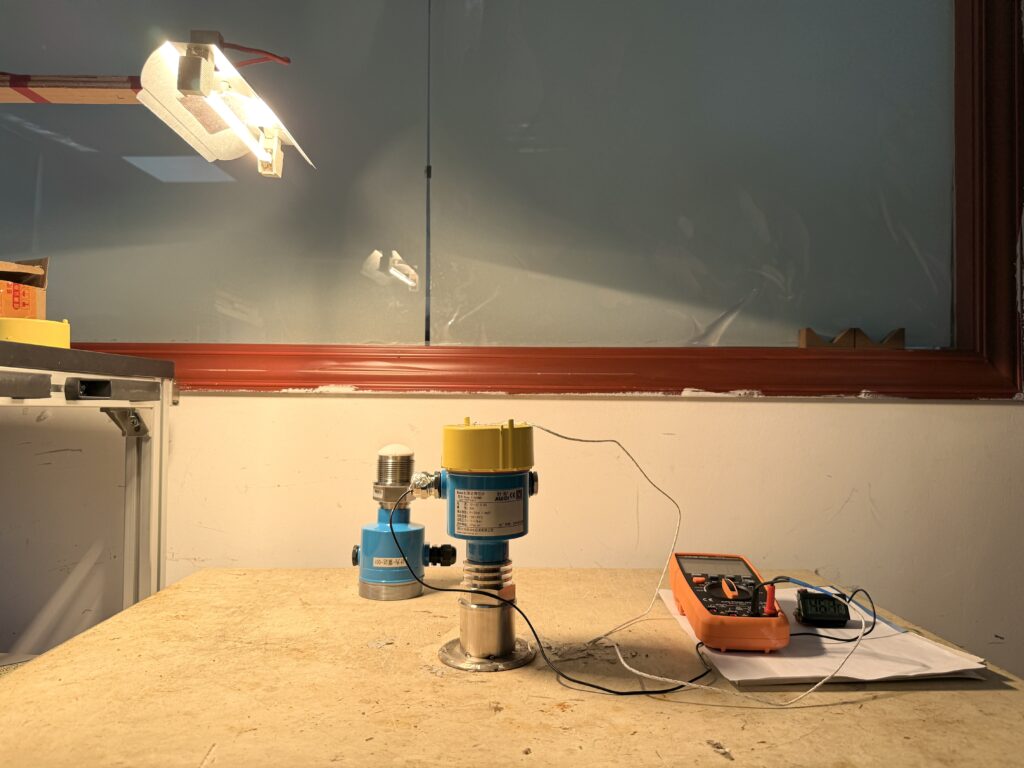
Signal Interference and EMC Issues
Radar and ultrasonic level meters are sensitive to electromagnetic interference. Keep signal cables away from power lines and VFDs (variable frequency drives), and ensure proper shielding and grounding.
4. Routine Maintenance Practices
Cleaning and Visual Inspection
Sensors often accumulate dust, oil, or chemical residues over time. Periodic cleaning improves measurement accuracy and prevents permanent damage. Choose the right cleaning agents and avoid scratching sensitive surfaces.
Regular Calibration
Instruments tend to drift over time. Periodic calibration ensures reliable data, especially in applications requiring high precision (e.g., reactors, dosing systems). Increase the frequency of calibration in demanding environments.
Record and Analyze
Log operational data and failure cases. Analyzing trends and comparing historical readings help detect early signs of malfunction. During regular maintenance, check the device status, communication signals, and settings for abnormalities.
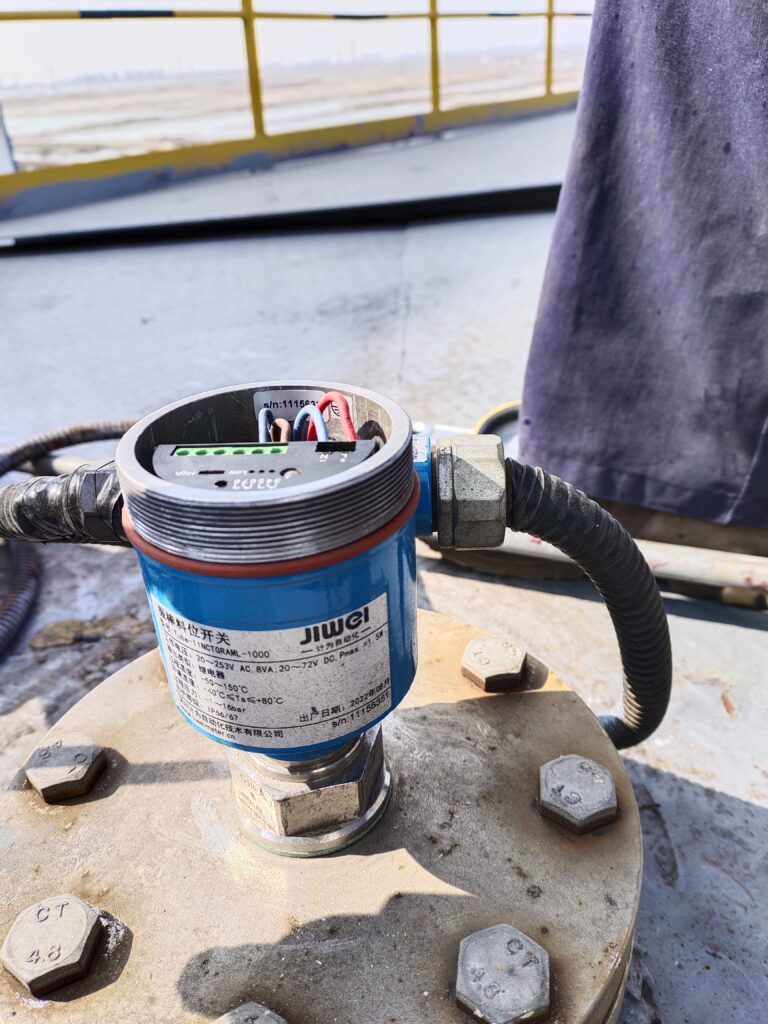
5. Practical Advice for New Technicians
Combine Theory with Practice
Field experience complements theoretical learning. Get hands-on with real devices, observe live data, and learn from actual failures. This builds intuition and confidence.
Sharpen Hands-on Skills and Attention to Detail
Maintenance involves more than knowledge—it requires precision and care. Whether connecting wires, testing voltage, or replacing modules, every step must be handled carefully.
Keep Learning and Stay Curious
Technology is evolving—smart sensors, wireless instruments, and IIoT (Industrial Internet of Things) are reshaping the field. Stay updated with new trends and invest in continuous learning to remain competitive.
Ask for Help and Collaborate
Don’t hesitate to ask senior technicians for advice. Instrumentation is a collaborative discipline, and learning from experienced teammates can accelerate your growth and reduce costly trial and error.
Conclusion
Maintaining level and liquid measuring instruments is a multidisciplinary job involving electrical, mechanical, and control system knowledge. For new technicians, it’s essential to stay humble, keep learning, and build experience through consistent practice.
By understanding how instruments work, following maintenance standards, and adopting systematic troubleshooting, you’ll not only ensure stable operation but also grow into a highly competent professional. Teamwork, reflection, and curiosity are the keys to long-term success in this role.
